The Essence of Chinese Tea: History, Culture, and Exquisite Gifts
Tea is one of the most iconic symbols of Chinese culture, deeply rooted in daily life and tradition. More than just a beverage, tea represents wisdom, harmony, and tranquility, making it an essential part of Chinese philosophy and social customs.
From its legendary discovery by Shennong (the Divine Farmer) to its role in imperial ceremonies, from the Tang and Song Dynasties’ thriving tea culture to today’s global appreciation, Chinese tea continues to captivate people around the world.
For travelers, bringing home high-quality Chinese tea and exquisite tea sets is not only a delightful experience but also a meaningful and luxurious gift that embodies China’s rich heritage and craftsmanship.
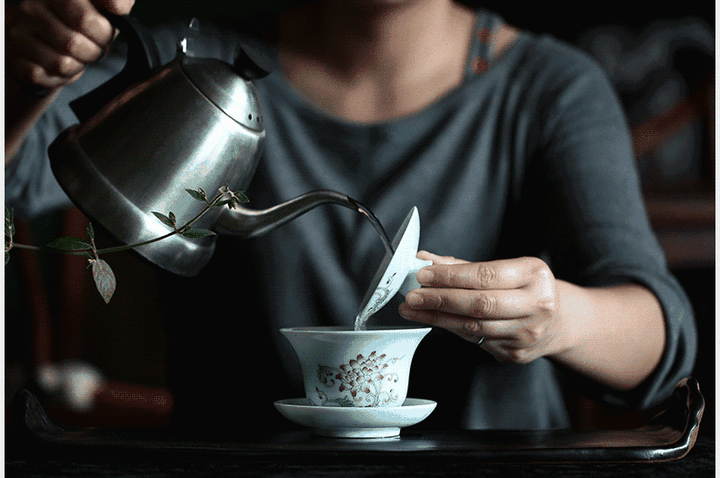
The History of Tea in China: A Legacy of Over 4,000 Years
China is the birthplace of tea, with a history dating back over 4,000 years. The origins of tea are deeply intertwined with myths, traditions, and ancient medical practices.
📜 The Legendary Discovery of Tea
According to Chinese legend, tea was discovered by Shennong (神农), the Divine Farmer, around 2737 B.C.. While boiling water in the mountains, some tea leaves fell into his pot. He tasted the resulting brew and found it refreshing and invigorating.
Shennong, known for testing various herbs to find medicinal cures, soon realized that tea had detoxifying properties and could cleanse the body. Over time, tea evolved from a medicine to an everyday beverage, shaping Chinese history and culture.
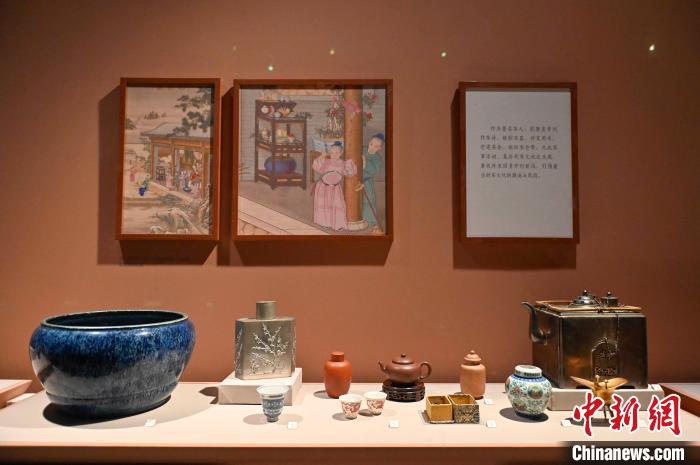
📆 The Evolution of Chinese Tea Culture
📌 Zhou Dynasty (1046-256 BC) – Tea transitioned from medicine to a refreshing beverage. People began drying leaves for preservation.
📌 Han Dynasty (206 BC–220 AD) – Tea became popular among nobles and scholars, and its processing methods improved.
📌 Tang Dynasty (618-907 AD) – Tea culture flourished! Lu Yu wrote The Classic of Tea (茶经), the first book about tea, and tea houses appeared across China.
📌 Song Dynasty (960-1279 AD) – The golden age of tea, where tea ceremonies and powdered tea became fashionable.
📌 Ming Dynasty (1368-1644 AD) – The method of brewing loose tea leaves was introduced, leading to the development of modern green, black, and Oolong teas.
📌 Qing Dynasty (1644-1912 AD) – Tea became a major export product, spreading Chinese tea culture to the West.
📌 Modern Era – Today, China remains the world’s largest producer and consumer of tea, with tea being an essential part of social life, traditional medicine, and hospitality.
Six Major Types of Chinese Tea
Chinese tea is classified into six major types, each offering unique flavors, aromas, and health benefits.
1️⃣ Green Tea (绿茶 Lǜchá) – Fresh & Antioxidant-Rich
🔹 Unfermented, preserving its natural green color and fresh taste.
🔹 Known for its grassy, sweet, and delicate flavor.
🔹 Famous varieties: Longjing (Dragon Well) from Hangzhou, Biluochun from Jiangsu.
💡 Best for: Those who love light, refreshing flavors and antioxidant benefits.
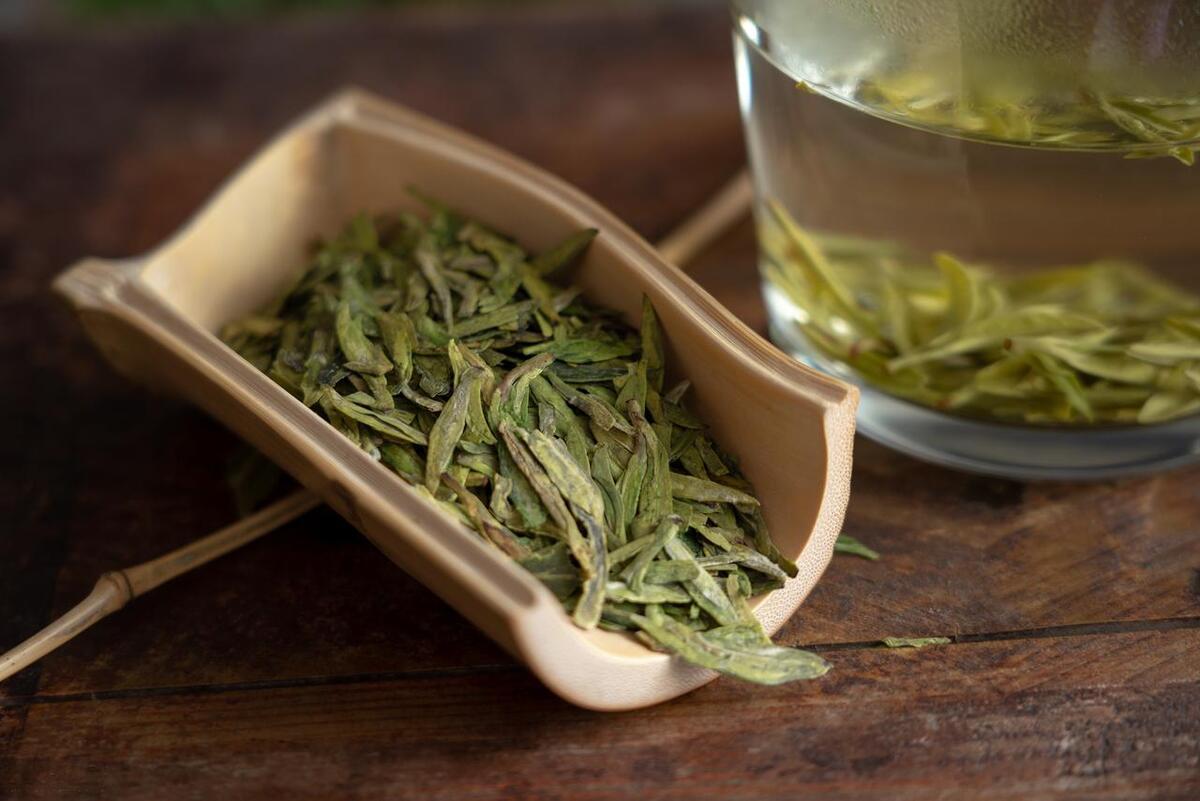
2️⃣ Black Tea (红茶 Hóngchá) – Bold & Malty
🔹 Fully fermented, resulting in a deep reddish-brown color and rich aroma.
🔹 Known for its smooth, slightly sweet, and malty taste.
🔹 Famous varieties: Keemun Black Tea from Anhui, Lapsang Souchong from Fujian.
💡 Best for: Those who enjoy strong, full-bodied teas.

3️⃣ Oolong Tea (乌龙茶 Wūlóngchá) – Floral & Fruity
🔹 Partially fermented, offering a balance between green and black tea.
🔹 Known for its complex flavor, floral aroma, and smooth aftertaste.
🔹 Famous varieties: Tieguanyin (Iron Goddess) from Fujian, Da Hong Pao from Wuyi Mountains.
💡 Best for: Those who love fragrant and layered flavors.

4️⃣ White Tea (白茶 Báichá) – Delicate & Light
🔹 Minimally processed, made from young tea buds.
🔹 Known for its sweet, mild taste and high antioxidant content.
🔹 Famous varieties: Silver Needle (Baihao Yinzhen) from Fujian.
💡 Best for: Those who prefer light and naturally sweet flavors.

5️⃣ Dark Tea (黑茶 Hēichá) – Aged & Earthy (Includes Pu-erh Tea)
🔹 Fermented and aged, similar to fine wine.
🔹 Known for its smooth, woody, and slightly sweet taste.
🔹 Famous varieties: Pu-erh Tea from Yunnan.
💡 Best for: Those who enjoy deep, mature flavors.

6️⃣ Yellow Tea (黄茶 Huángchá) – Rare & Smooth
🔹 Lightly fermented, creating a mellow and honey-like taste.
🔹 Famous variety: Junshan Yinzhen from Hunan.
💡 Best for: Tea connoisseurs seeking a rare and refined experience.
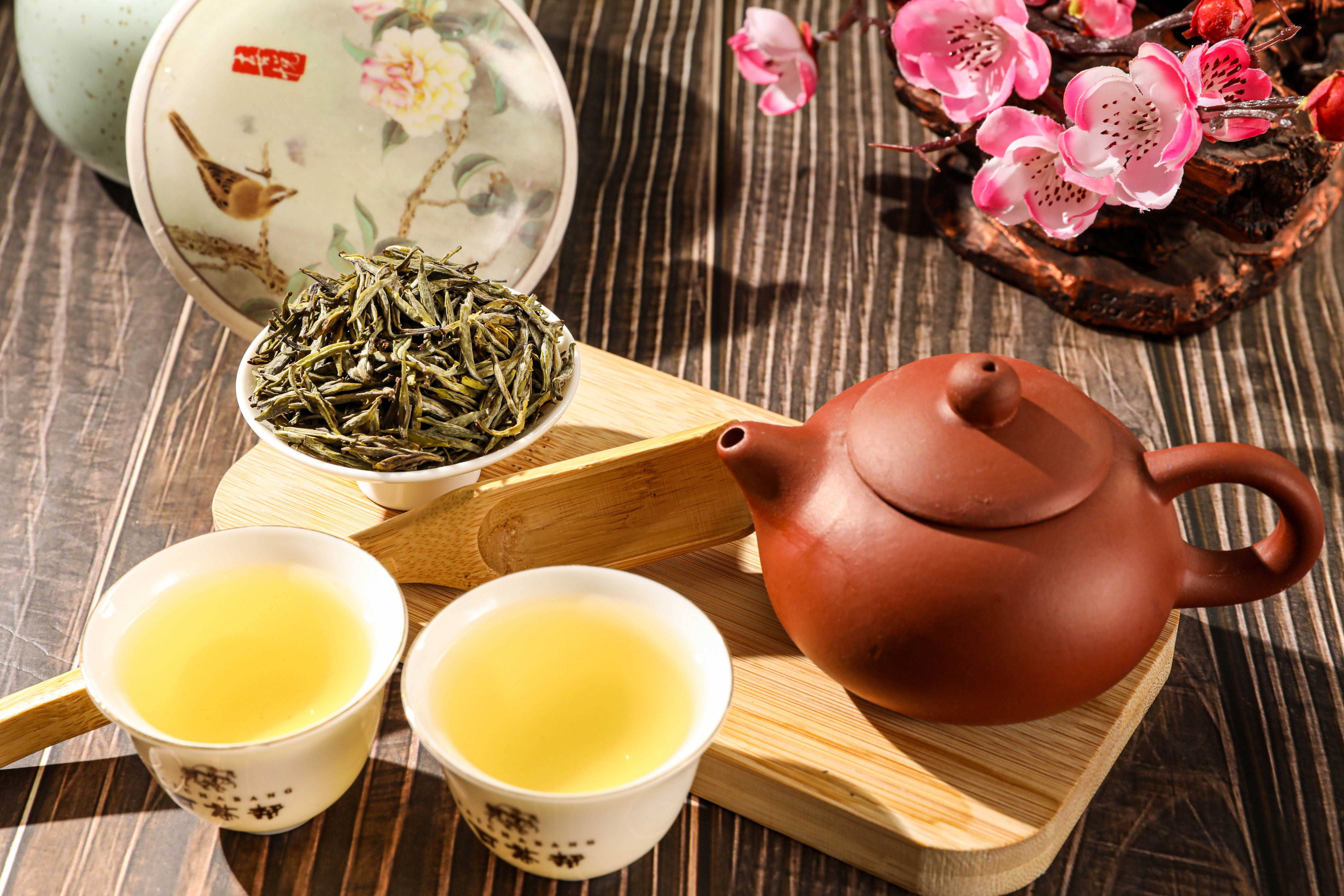
Where is Chinese Tea Grown?
China's diverse climate and landscapes create the perfect environment for cultivating tea.
📍 Yunnan – Famous for Pu-erh and Dianhong (Yunnan Black Tea).
📍 Fujian – The birthplace of Tieguanyin Oolong, Lapsang Souchong, and White Tea.
📍 Zhejiang – Home to the world-famous Longjing (Dragon Well) Green Tea.
📍 Anhui – Known for Keemun Black Tea and Huangshan Maofeng Green Tea.
💡 Travel Tip: Visit China’s tea villages for an immersive tea-picking experience!
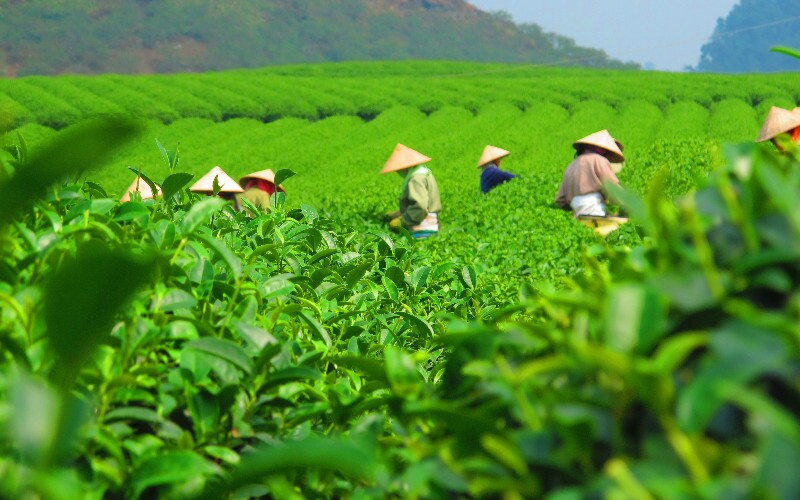
Chinese Tea Ceremonies: A Harmony of Mind and Spirit
The Chinese tea ceremony (茶艺, chá yì) is a refined art form that represents respect, patience, and mindfulness.
Steps in a Traditional Chinese Tea Ceremony
✅ Selecting the right tea – Different teas require specific brewing techniques.
✅ Using a proper teapot – A Yixing clay teapot enhances flavors.
✅ Appreciating the aroma – Savor the fragrance before sipping.
✅ Tasting in small sips – Focus on the tea’s layers of flavor.
💡 Where to Experience? – Visit traditional tea houses in Hangzhou, Beijing, or Chengdu for an authentic tea ceremony.

Regional Tea Drinking Customs in China
Tea drinking in China is not just about the tea itself—it’s about rituals, customs, and hospitality. Each region has developed its own unique way of enjoying tea.
🍵 Guangdong – Morning tea (早茶): People gather in tea houses to drink tea with dim sum.
🍵 Fujian – Kung Fu Tea (功夫茶): A meticulous tea ceremony using small teapots.
🍵 Hunan – Lei Tea (擂茶): Tea mixed with roasted grains and herbs.
🍵 Sichuan – Covered Bowl Tea (盖碗茶): Brewed in a lidded porcelain cup.
🍵 Yunnan (Bai Ethnic Group) – Three-Course Tea (三道茶): A unique tea ceremony representing life's journey.
🍵 Tibet – Butter Tea (酥油茶): Tea mixed with yak butter and salt for energy.
🍵 Inner Mongolia – Milk Tea (奶茶): Strong black tea brewed with milk and salt.
In many traditional Chinese families, tea is served after dinner or when welcoming guests. It represents hospitality, respect, and health. A single pot of tea can lead to long conversations, deep connections, and moments of peace.

Chinese Tea & Teapots: The Perfect Luxurious Gift
Chinese tea and handcrafted tea sets make sophisticated and meaningful gifts for family, friends, or business partners.
🎁Why is Chinese Tea the Perfect Gift?
✔️ Cultural Symbol – Tea embodies peace, respect, and tradition.
✔️ Health Benefits – Natural antioxidants and soothing properties.
✔️ Luxury Appeal – Aged teas, like Pu-erh, can be as valuable as fine wine.
✔️ Elegant Packaging – Beautifully designed tea gift sets are highly collectible.
💡 Best Gift Idea: A set of premium Chinese tea + an authentic Yixing teapot!
Where to Buy Authentic Chinese Tea?
📍 Maliandao Tea Market (Beijing) – China’s largest tea market.
📍 Fangcun Tea Market (Guangzhou) – A paradise for tea lovers.
📍 Wuyishan Tea Markets (Fujian) – The best place for high-end Oolong tea.

Experience the Magic of Chinese Tea
Whether you’re a tea enthusiast or a curious traveler, Chinese tea offers a journey of taste, culture, and tradition. Bring home a piece of China with premium tea and teaware—a gift that embodies centuries of craftsmanship and refinement.
🍵Which Chinese tea would you love to try first?


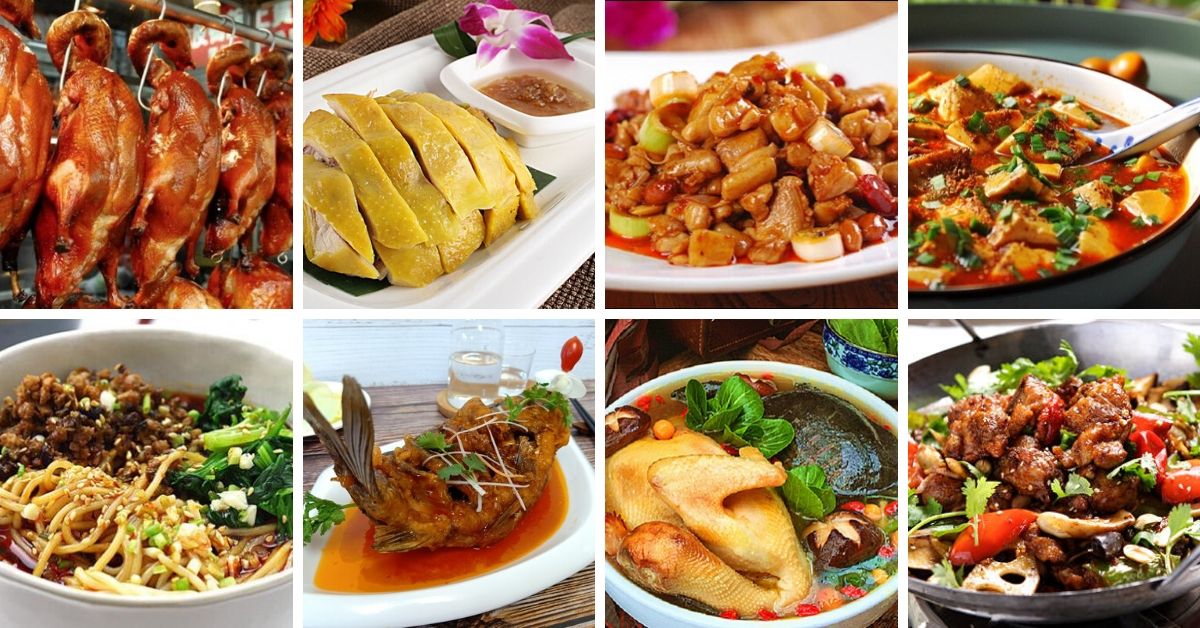
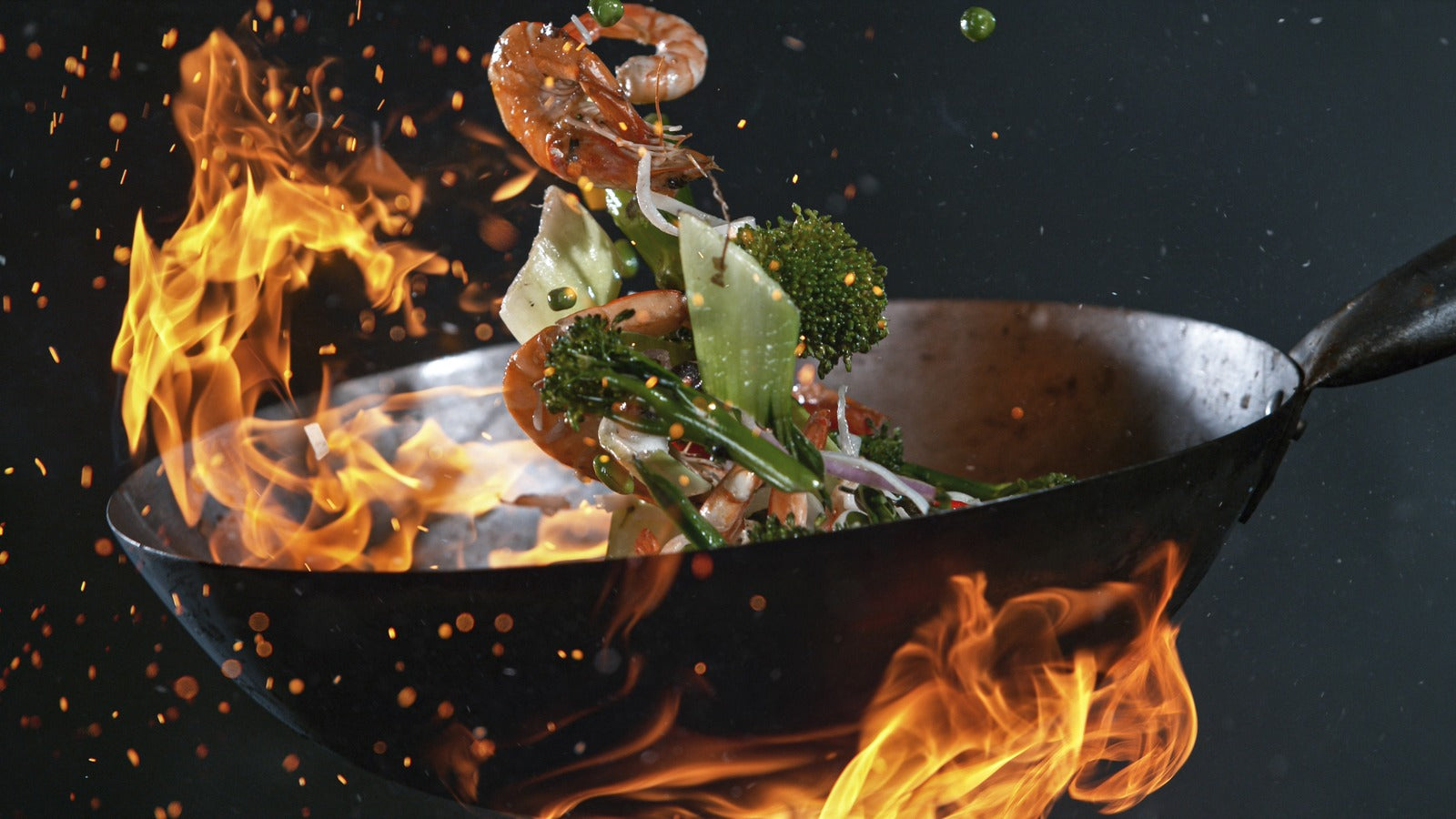
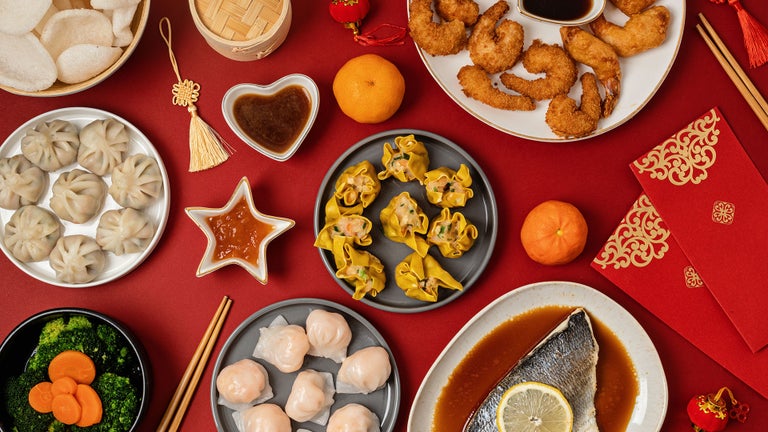
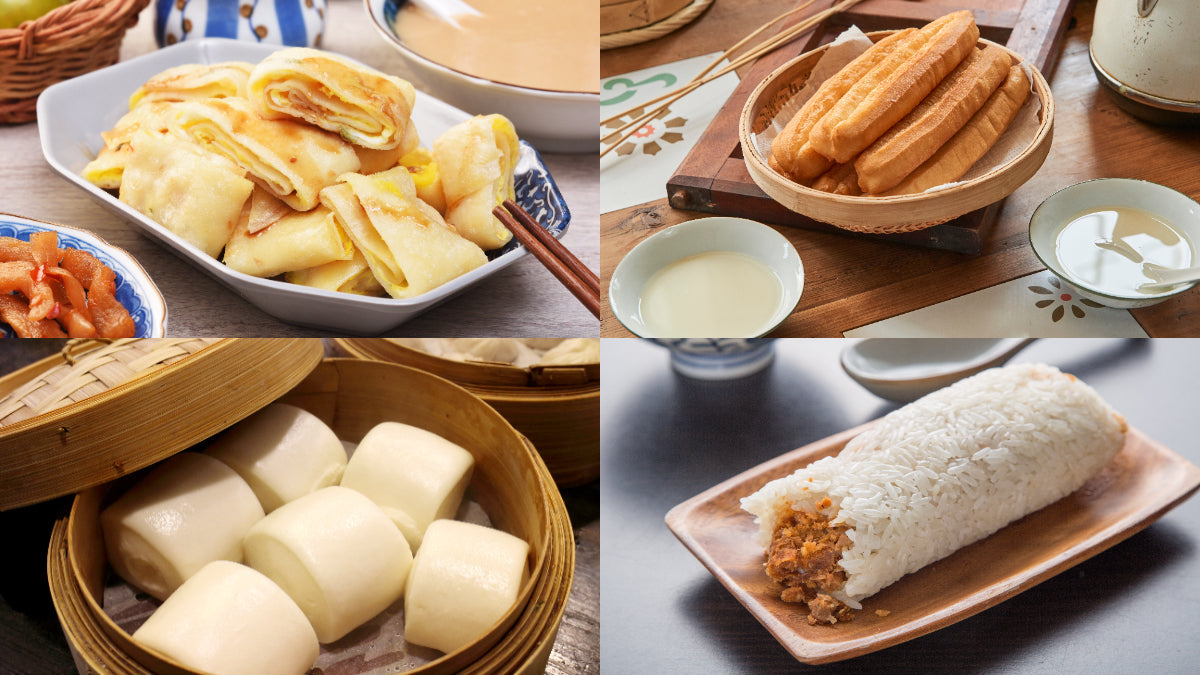
Share:
Exploring Chinese Zodiac: Origins, Personality, and Fortune
Chinese Tea Culture: A Tradition of Respect and Ceremony